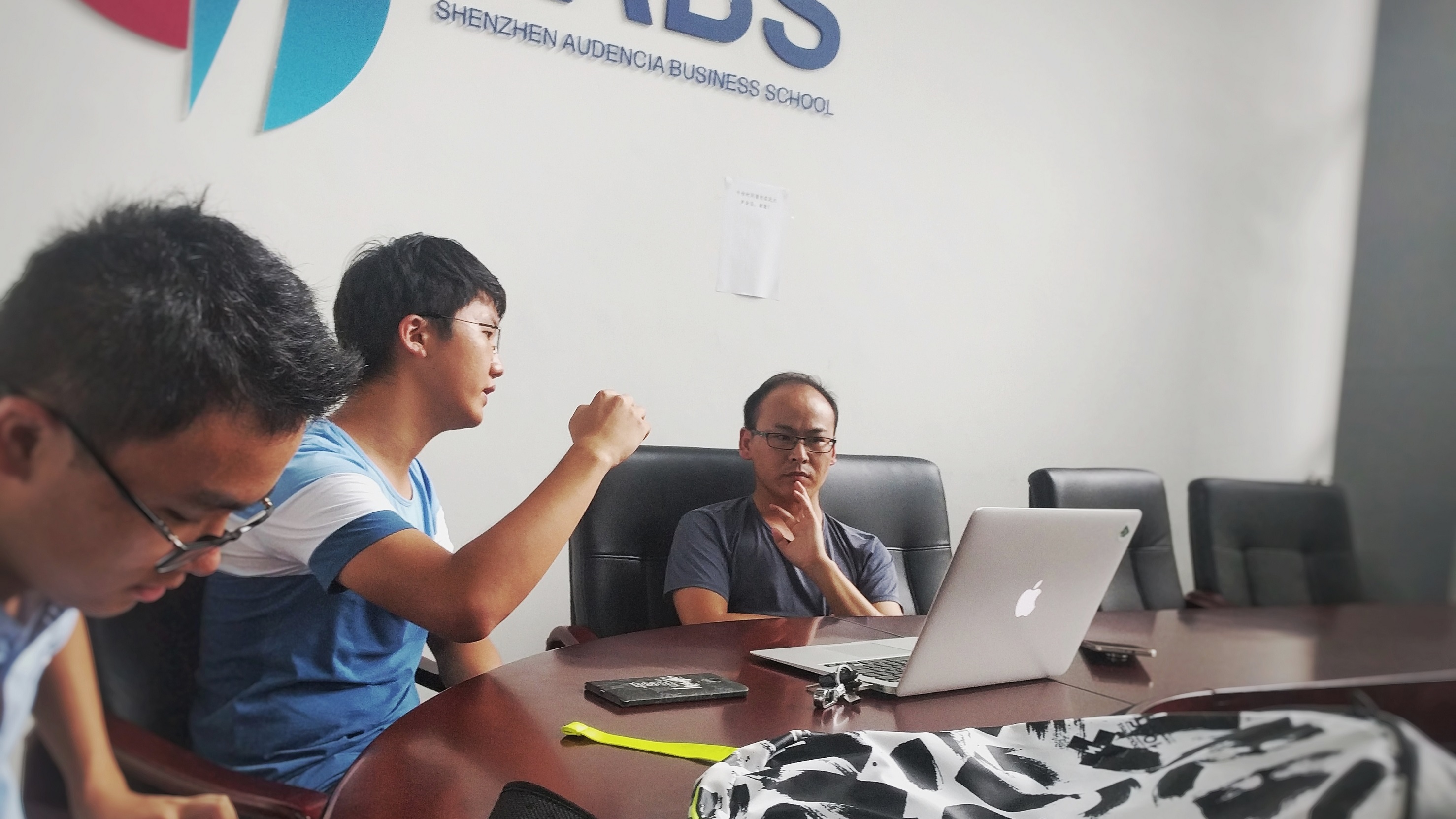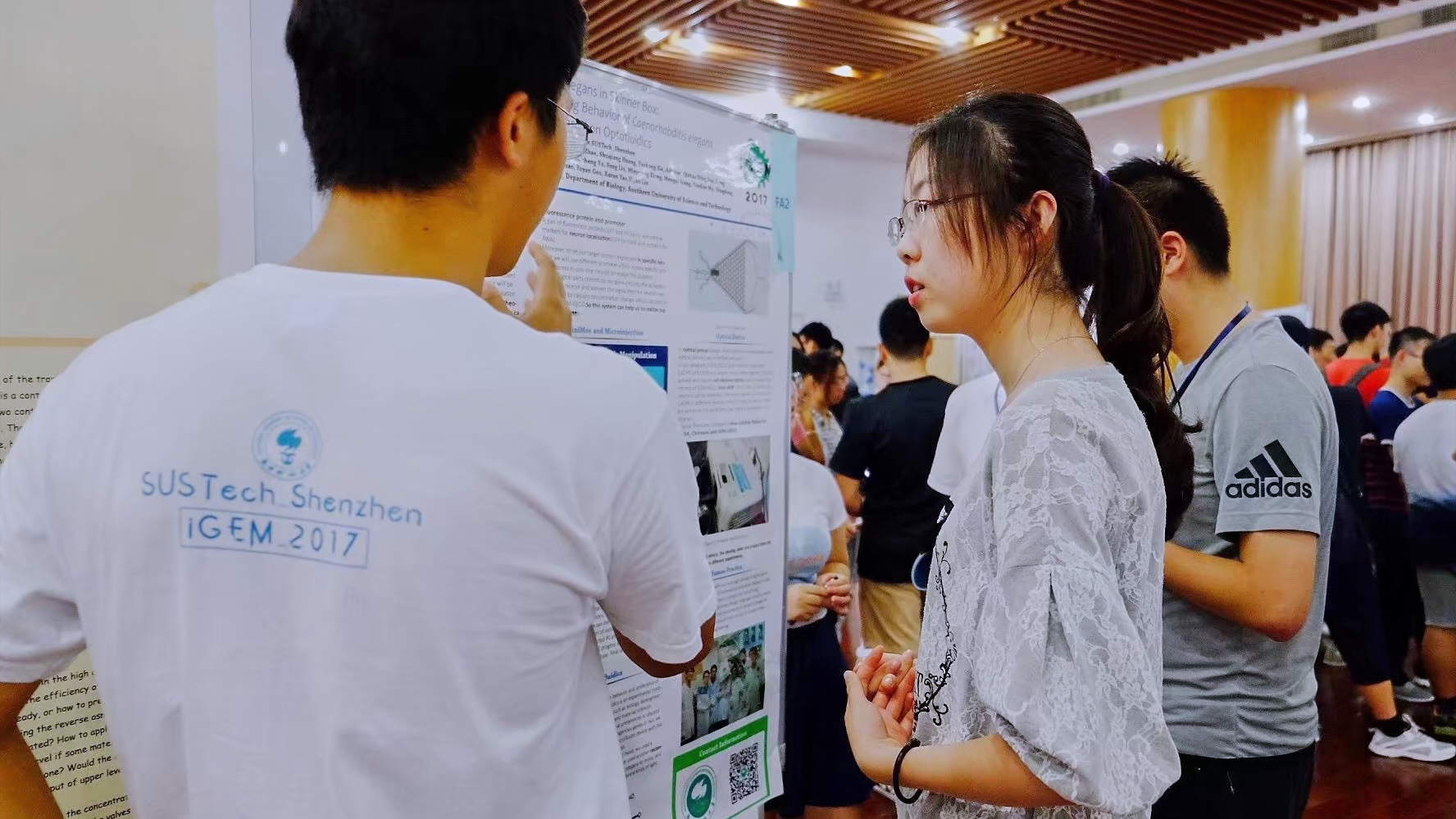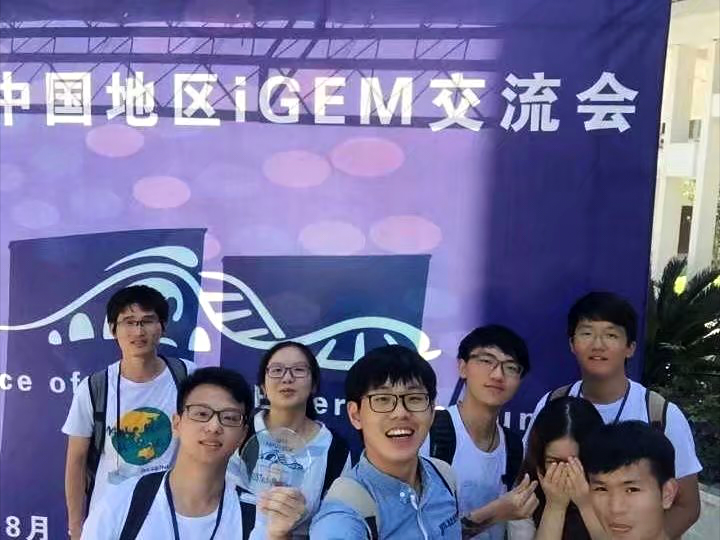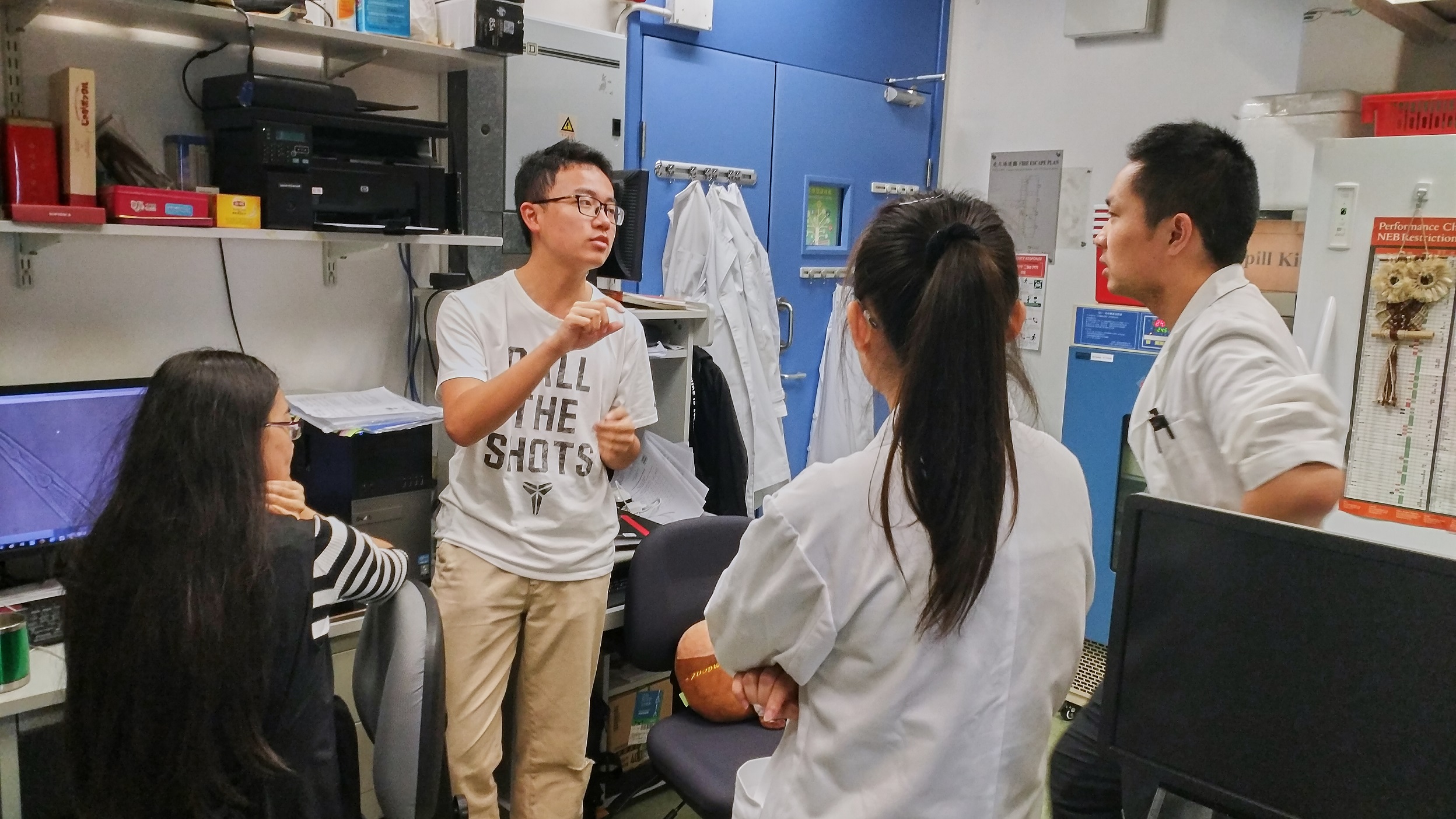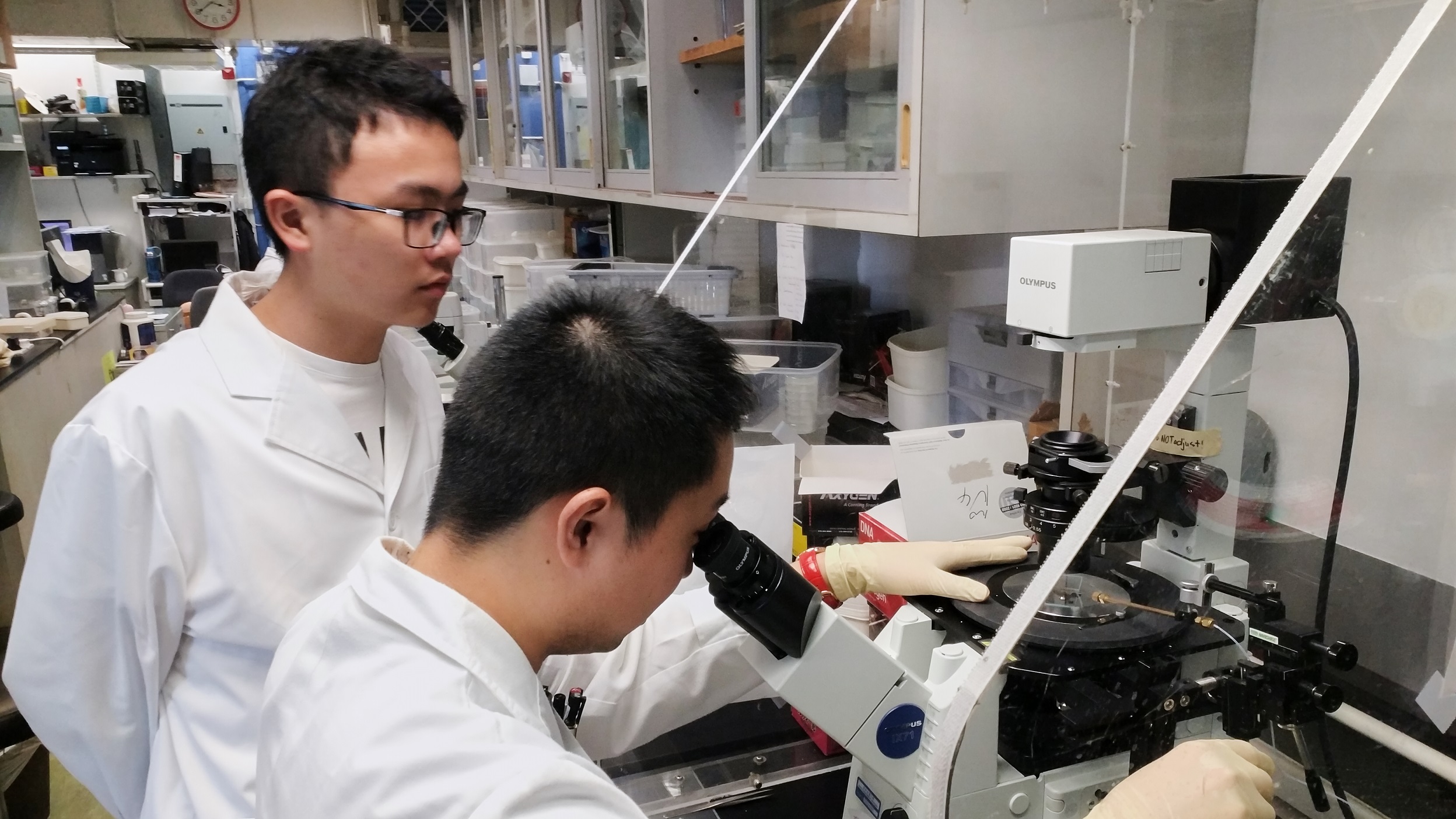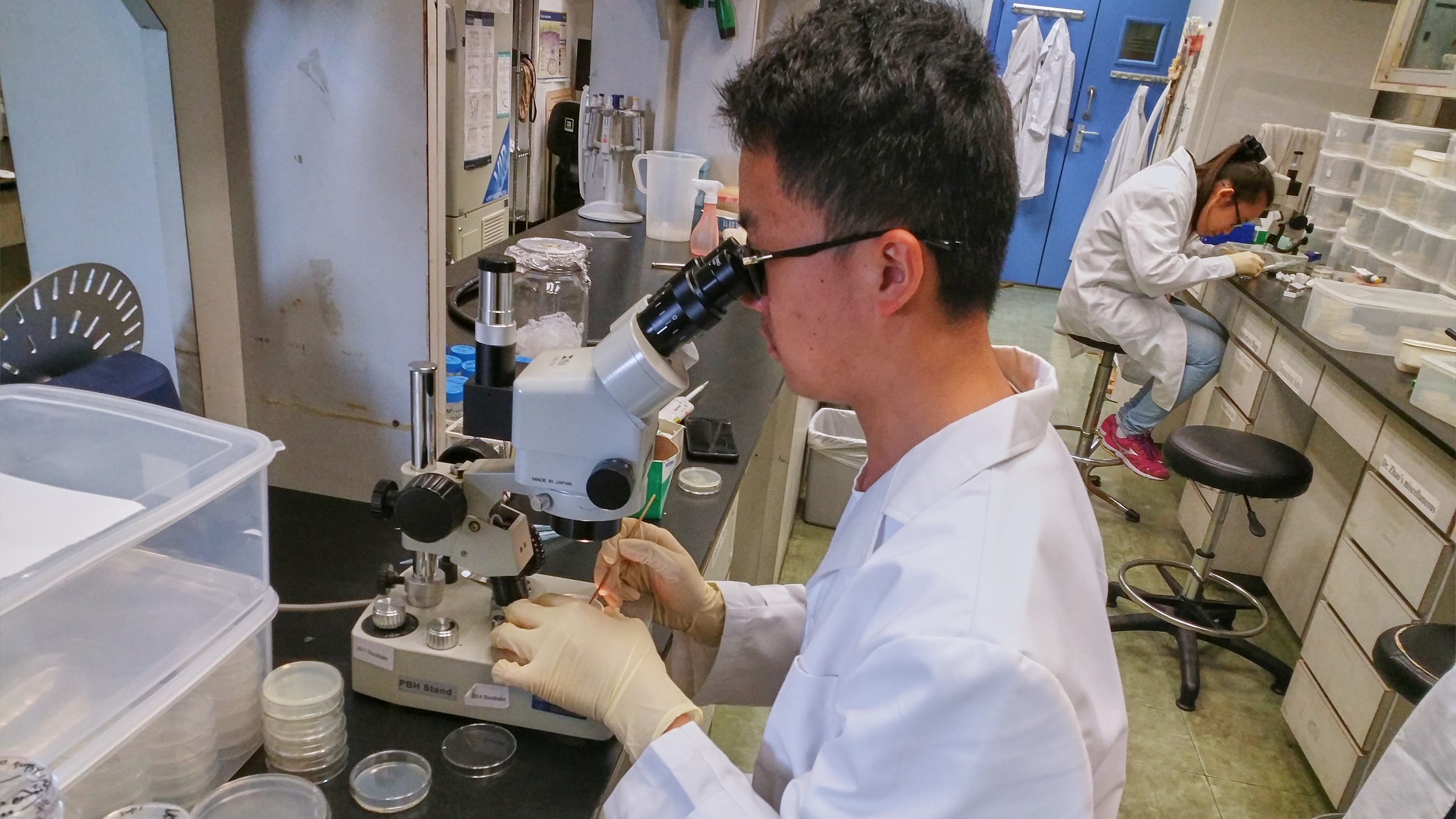Human Practise
HP
Contents
Gold integrate
Human practice activities are integrated throughout the design and execution of our project. In most cases, human practice activities can enlighten us to improve our design and result in a more promising change.
The advice given by the psychology professor of SZU guided our design of behavioral experiment. The experience we attended CCIC (Conference of China iGEMer Community) in Fuzhou provided us a great chance to collide and communicate different ideas with other team in China Besides, when facing issues about low success rate of microinjection and C. elegans mating, we visited Department of Biology HKBU to train our microinjection skills and learn the method of mating
1.Communication with department of psychology and sociology SZU
In our project, we are looking for the relationship between neuron and behavior, so we contacted a behavioral psychology professor Peng Li of SZU, aiming to get some inspirations for our design. We organized a small workshop with Prof. Li to communicate our project design. After listening our project, especially our behavioral psychology experiment design, professor pointed out that we lack an indifferent stimulus on which we can build a new behavior. He suggested building tropism on an indifferent factor by training worms with favorite/abhorrent stimulus. That is much easier than training worms change their pre-existing likes and dislikes. The advice we got from Prof. Li helped us correct our principles and guide us to design our new behavior experiment.
This communication corrected our previous experiment design, and professor Li became our new PI in project.
2.Attendance of Conference of China iGEMer Community
On 2017.8.26-2017.8.28, our team was invited to attend CCiC (Conference of China iGEMer Committee) in Fuzhou, China. All the 49 teams invited to the conference gave presentations and exhibited poster about their projects. During the conference, especially in the poster voting section, we had many opportunities to communicate with other teams and exchange our project designs. What’s more, we also won the fourth good poster prize in the voting.
After presenting our project on the conference, we had a short discussion with the judges, which improved our project a lot. Judges gave us some recommends on few inaccurate parts of our project.
1. The long-time training may make C. elegans too big to fit in the channel in microfluidics;
2. It is hard to train worms to avoid the odor that they favor before. Therefore, with his advice, we modified our training pattern and experiment design.
This conference not only enlightened us about the design of our experiment, but also provided us with new ideas about synthetic biology.
3. Communication in HKBU
In the beginning of our project, we faced many problems on microinjection and C. elegans mating. So we went to HKBU for some assistances. We got help from Doctor Ding, whose lab uses C. elegans as model organisms to do research. And with their help, we finally got MiniMos insert of our part in C. elegans.

